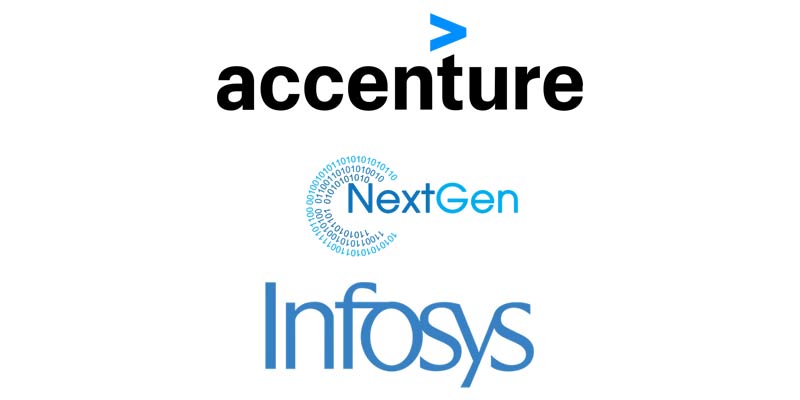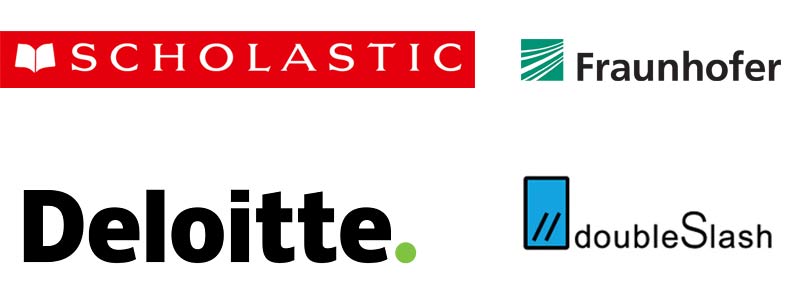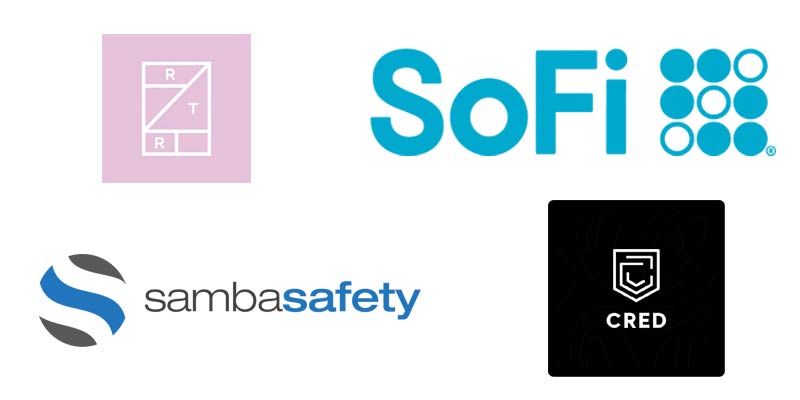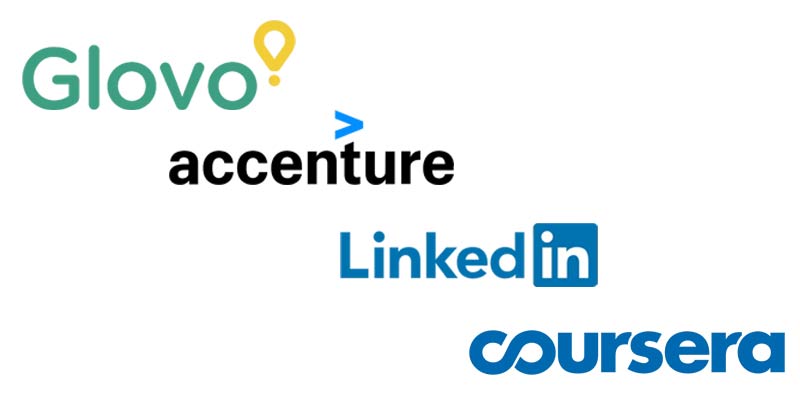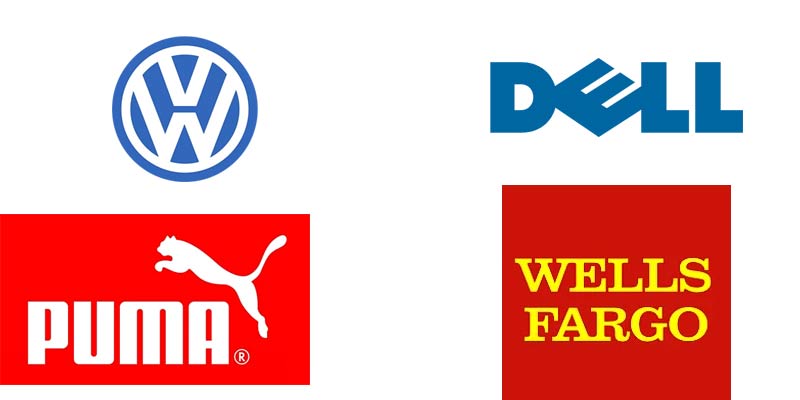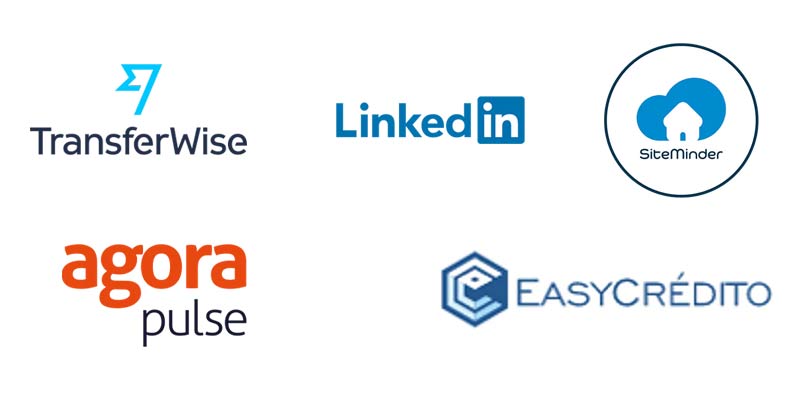Java is a popular programming language, which is why it is the language of choice for cutting-edge software development projects. Which Java frameworks are used? It is a common question that many individuals ask themselves before beginning development on a new project.
Computer programmes called Java Frameworks can give your ode new capabilities to make it seem cosier.
In this blog, we researched the subject and compiled a list of the best Java frameworks so that you can select the one that is best for you. Moreover, we have shall discuss java frameworks for web development and types of frameworks in java.
If you want to become a java developer, you can join JAVA Training in Chennai, which will help you have an in-depth understanding of frameworks in Java, java frameworks for web development and java backend frameworks.
What are Java frameworks?
Java frameworks are pre-written code blocks to which a programmer may add code to address particular issues. There are numerous Java frameworks, each of which has advantages and disadvantages. They can all be utilized to solve issues in various subjects and industries. Java frameworks lessen the number of coding programmers must undertake from scratch to create a solution.
What are Java frameworks?
Frameworks are significant collections of pre-written code to which you can add your own to solve a specific problem. By using a framework’s methods, inheritance, and providing callbacks, listeners, or other pattern implementations, you can use it.
A framework will frequently influence how an application is structured. Some frameworks even require much code, and developing your application only requires minimal effort.
Depending on the flexibility of the frameworks and your need, we can utilize them to build an application. Now let us discuss different frameworks in Java:
Java Training in Bangalore will help you better understand Data Types, Operators, Variables, Methods, Objects, Constructors, etc.
Different Frameworks in Java
1. Spring Framework
Spring Framework is a robust, lightweight application development framework for Enterprise Java (JEE). The Spring Framework’s core elements are used to build any Java application. It is known as a complete modular framework.
This Framework applies to all layer implementations of real-time applications. With Spring, we can develop all layers, in contrast to other frameworks that only be utilized to build a single layer of a real-time application. Enterprise applications use Spring and its components, such as Spring Model-View-Controller, Spring Core, Spring Security, Spring Object-relational mapping, etc.
Where is the Spring framework used?
Uses
- Spring is utilized for developing web-based applications
- It is used in Enterprise Java (JEE)
- Features in the spring framework will help you create Java-based applications.
- Its features are used to develop any Java application.
Enrol in Spring Training in Chennai, which will help you comprehensively understand Spring modules, what are spring modules, Spring MVC, Spring Boot, Spring Security, dependency Injection In Spring Framework, etc.
Advantages
- It offers a compact container that can be activated without a web server or application server.
- JDBC is supported by Spring, which increases efficiency and minimises failure
- It aims to make J2EE development more user-friendly.
- Both XML and annotation-based configurations are supported by Spring.
- It makes the code testable and backward compatible.
The primary organisations that employ the Spring framework for application development are
2. Hibernate
A reliable object-relational mapping framework for Java is called Hibernate ORM. It streamlines communication between relational database management systems and the Java programming language.
If you work with an object-oriented language like Java, you will encounter a crisis called Object-Relational Impedance Mismatch, also called Paradigm Mismatch. It is because OO languages and RDBMSs handle data differently, generating severe incompatibility issues. As a result, Hibernate offers you a framework to get around Java’s mismatch issues.
Uses
- It permits you to create continuous classes following the object-oriented rule.
- It bridges the gap between objects and relational terms and allows you to communicate with any database using minimal code modifications.
- Using an advanced ORM framework, you can conduct the database operation on Java entities.
Java Online Course will help you better understand inheritance, abstraction, encapsulation – interfaces, polymorphism, exception Handling and Collection Framework.
Advantages
- Mobility, effectiveness, and maintainability
- The open-source software that is free to use
- It expels a lot of repetitious code from the Java Database Connectivity API
The major companies that use Hibernate framework for application development are
3. Struts
This is another business-level framework that the Apache Software Foundation maintains (ASF). A Java application that is simple to maintain can be made by developers using this fully-featured Java web application framework.
There are two versions:
- Struts 1 and Struts 2
Every company prefer to choose Struts 2 because it is the updated version which combines of webwork framework of OpenSymphony.
Uses
- An MVC-based web application is created using the Struts 2 framework.
- It uses and expands upon the Java Servlet API to assist developers in implementing MVC architecture.
Advantages
- This framework documentation is written for active web developers and assumes a working knowledge of how Java web applications are built.
- Reduces the development time and makes the manageability of the application easier
- It offers Centralized Configuration, i.e., rather than coding information into Java programs, many Struts values are represented in XML or property files.
- You can integrate Struts with other Java frameworks to perform tasks not built on the platform.
The top companies that use the Struts framework for application development are
4. Google web toolkit [GWT]
The Google Web Toolkit (GWT) is an open-source, totally free framework that aids in the creation of JavaScript from client-side Java code. Many Google products, including AdSense, Google Wallet, and Blogger, are developed using GWT.
Developers may quickly and easily create complex browser applications with GWT. You may create and debug Ajax applications in Java as well. With GWT, you can create complex browser-based applications without needing to be an authority on front-end innovations like the responsive design or JavaScript optimisation.
Uses
- Developer-friendly
- Use of Google APIs
- Aid in developing and maintaining difficult JavaScript front-end applications
Features of GWT
- It has dynamic user interface components
- Functional and Reusable UI Components
- Effortless Remote Procedure Calls Mechanism
- Help in managing browser history
- It supports feature-rich Java Debugging
- GWT manages cross-browser problems for the developer
- Unit Testing Integration
- Aid for Internationalization and localization
Some of the considerable benefits of Google Web Toolkit are as below.
Advantages of GWT
- The developer uses GWT for application development because it is a user-friendly framework.
- GWT supports Application Programming Interface because it is easy to utilize in the development processes.
- GWT can manage and support complex applications of JavaScript
- GWT allows code reusability for specific web development jobs.
- GWT can provide Cross-Browser flexibility.
Companies Using this Java Framework
5. Wicket
Jonathan Locke is the developer of this component-based Framework. It is used for application development and is one of the best frameworks used in recent days.
Features of Wicket
- Customisable Model-View-Controller Components
- Plain old Java object Based Actions
- Asynchronous JavaScript And XML. Support
- Wicket Support integration
- Provides various types of results
- Support various tags
- Support themes and templates
Some key advantages of Apache Wicket are as follows.
Advantages of Wicket
- It is based on Jakarta Server Pages.
- It makes it more manageable for developers to use it.
- Wicket tracks a Component-oriented structure.
- It does not require intricate XML files.
- It follows the Plain Old Java Object model.
- The Wicket is weightless and extremely swift.
Companies Using this Java Framework:
6. Dropwizard
The developer uses the Dropwizard Framework because it is simple and allows the developer to create web-based applications quickly. The developer primarily uses it because of its high-level functionality, performance, user-friendliness and RESTful web services.
Join a Web Development Course in Chennai to better understand Java script, jquery, bootstrap, HTML, CSS, PHP, MYSQL, etc.
Features of Dropwizard
- With the aid of the feature-rich metrics library of the Dropwizard framework, you can monitor and support the development process.
- It utilizes the Hibernate ValidatorApplication Programming InterfaceApplication Programming Interface.
- You can log in using Logback and Simple Logging Facade for Java.
- Every application is packaged as a jar rather than a war file.
The following are some notable benefits of utilizing Dropwizard.
Advantages of Dropwizard
- Dropwizard is compatible with external and open-source libraries.
- Rapid application prototyping is possible with Dropwizard.
- Using Dropwizard, you may quickly create a project.
- Dropwizard is convenient for operations.
- MicroServices developed with Dropwizard.
Companies Using this Java Framework
7. Play
The programming language Scala is used to create the Play. We can create the mobile development process and mobile-based applications using this Framework.
The architecture of this Play framework is MVC. Play is one of the most powerful frameworks because it is compiled into Java-Bytecode.
Play Framework has several significant benefits, some of which are listed below.
Features of Play
- Help in workflow
- It has in-built tools and provides flexibility while developing an application.
- Testing tools are in-built
- Type in safety
- Integrated development environment support for Eclipse and IntelliJ IDEA
Advantages of Play
- Play can display error warnings.
- Play is very tolerant of errors and adaptable.
- Play facilitates the development of high-performance apps.
- Play supports the convention over configuration and hot coding methodologies.
- Non-blocking input-output operations are supported by Play.
Companies Using this Java Framework
8. Vaadin
The Java Framework’s Open-Source flagship is called Vaadin. Vaadin was created specifically for developing web applications. It makes use of HTML 5 and provides web application development essential tools.
Features of Vaadin
- All web-based components use the Java API.
- Type-safe can use in Java web development
- Lumo and Material are two pre-installed themes.
- Change the light or dark mode.
- Java-style alternatives
- Support for the Back button and deep linking
- Navigation without having to reload the entire page
- Java EE versions 7 and 8 (Jakarta EE
Advantages of Vaadin
- Vaadin’s support for JVM is a crucial advantage.
- Vaadin includes built-in default compatibility for the Spring Framework.
- Using a web socket, Vaadin may set up client-server communication automatically.
- Vaadin provides a router that supports parameters and has stacked routes.
- Data Binding is supported by Vaadin using MVC and MVP.
Companies Using this Java Framework
9. Blade
One of Java’s most lightweight and performance-rich MVC frameworks is called Blade Framework. For the development of full-stack web applications, Blade is commonly implemented. Blade framework is based on Java Version 8.
Features of Blade
- Lightweight, Modular and Support plugin extension
- It supports several configuration files
- Support for jdk 1.6
The following are some notable benefits of using Blade.
Benefits of a Blade
- The Blade is skilled in building little MVC applications.
- Multiple files are configured in Blade.
- Blade enables web JARs and Plugin extensions.
- Defence uses Blade to handle cross-site scripting (XSS).
- Blade also has Cross-Site Request Forgery capabilities (CSRF).
Companies Using this Java Framework
10. Grails
A web application framework called Grails was created utilizing the Apache Groovy language.
It is a Framework that offers a Standalone environment and adheres to the coding by convention strategy. Additionally, it facilitates instance development without the need for configuration.
Features of Grails
- Spring Boot Basis
- Seamless integration of Java
- A better reloading agent
- Integrated Testing Framework
- Plugin Database
- Pragmatic Approach
Advantage of Grails
- The following are some of the main benefits of using Grails.
- Benefits of Grails
- Object-Mapping is a feature that Grails provides to make development easier.
- Code reuse is made possible by Grails for efficiency.
- The majority of e-commerce websites are built with Grails.
- Grails’ documentation is scant.
- Cross-platform IDE support and custom plugins are both supported by Grails.
Companies Using this Java Framework
Therefore, these frameworks are also used for web development. These are the benefits of java frameworks, which are used for various application development. If you want to learn more about java frameworks and their concepts, you can join Java Training in Bangalore and learn different frameworks in Java and the uses of Java frameworks for various development.




